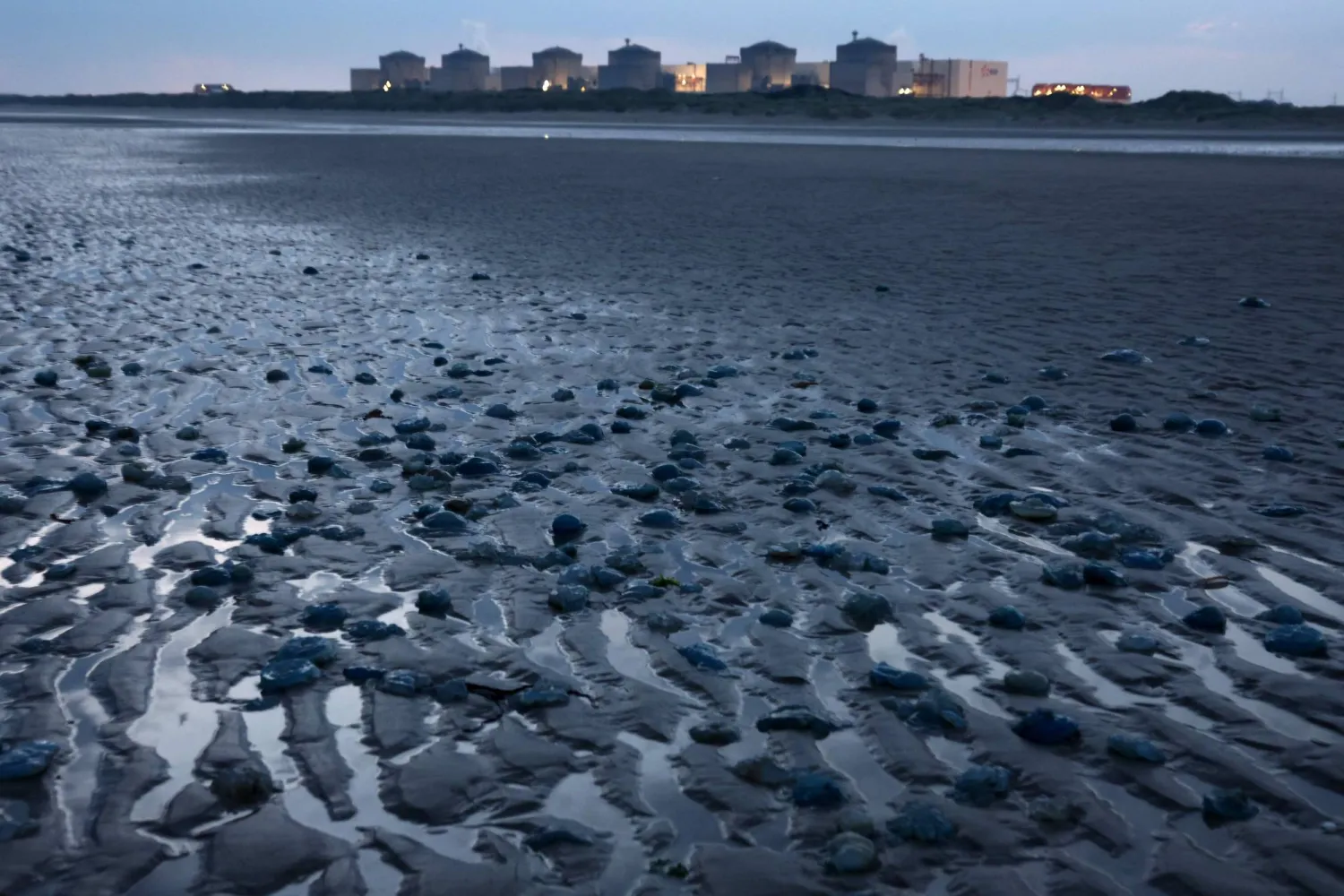A Sherpa guide scaled Mount Everest on Sunday for the 26th time, matching the record set by a fellow Nepalese guide for the most ascents of the world’s highest peak.
Pasang Dawa Sherpa reached the summit on Sunday morning along with a Hungarian climber, according to expedition organizer Imagine Nepal Treks.
The season's first wave of climbers reached the summit this weekend as Sherpa guides fixed ropes and made paths for the hundreds of climbers who will attempt to scale the peak over the next few weeks.
Since making his first successful climb of the peak in 1998, Dawa has made the trip almost every year.
Experienced mountain guide Kami Rita earlier held the record outright for the most climbs of Mount Everest after his 26th successful trip last year. Rita is expected to attempt to climb the peak again later this month as he guides foreign climbers to the top of the world.
Climbers generally reach the base camp of the mountain in April and spend weeks acclimatizing to the high altitude, rough terrain and thin air before they go up the mountain's slopes. By the first or second week of May, they are usually making attempts for the summit.
This year's climbing was slightly delayed after three Sherpa climbers fell into a deep crevasse on a treacherous section of the mountain in April. Rescuers have not been able to find them.
With the opening of the route to the summit, a rush to make their attempts is expected in the next couple of weeks as the Nepalese authorities have issued nearly 470 permits for Everest during the popular spring climbing season.
This year also marks the 70th anniversary of the first ascent of Mount Everest in 1953 by New Zealander Edmund Hillary and his Sherpa guide Tenzing Norgay.







